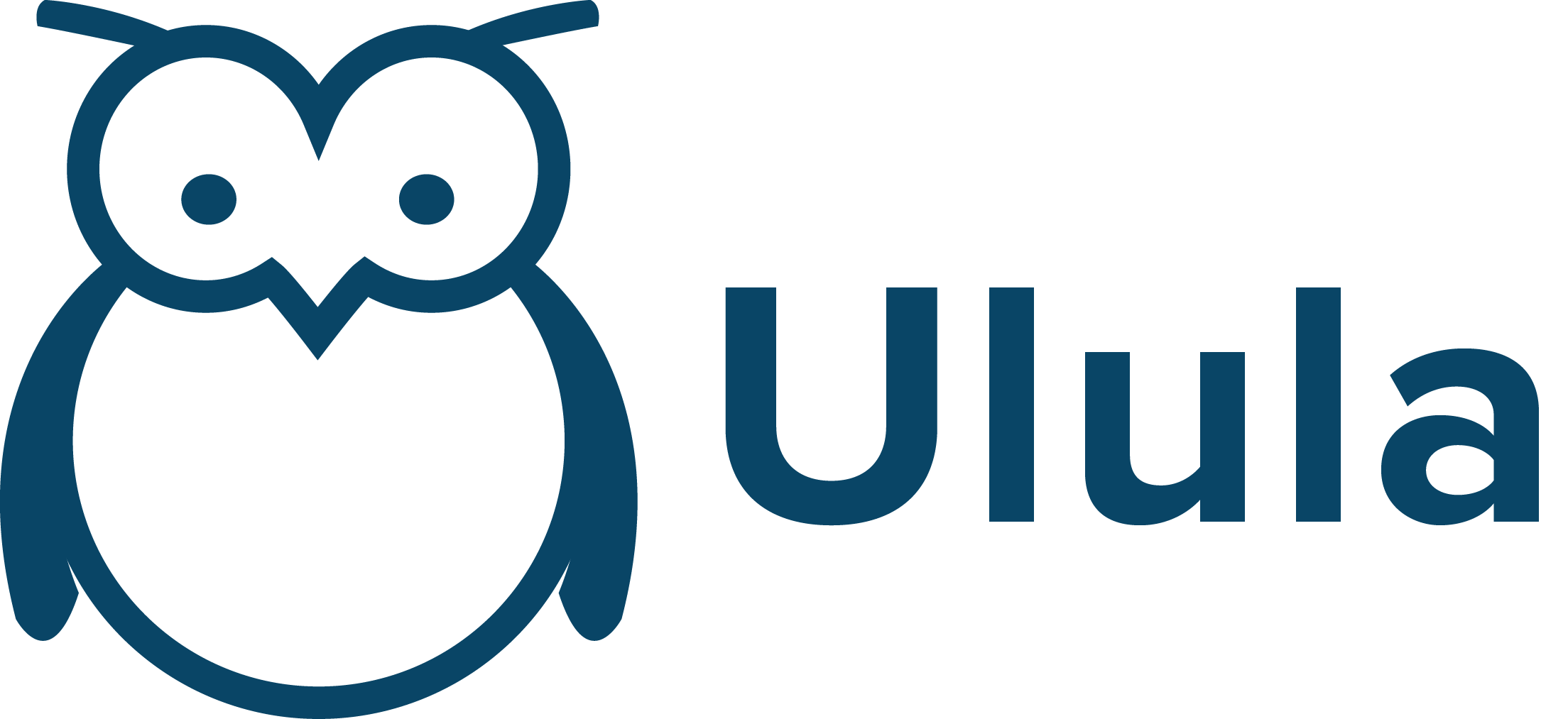Antoine Heuty October 7, 2013
During the Africa Mining Indaba Conference 2013, Mark Cutifani, CEO of Anglo American, declared that “when people can see how others are living, but have to sit next to a big hole in the ground and suffer the consequences of what you and I enjoy on a daily basis, you know you’ve got the model wrong.” Cutifani’s statement followed the conflict at Marikana platinum mine in South Africa that resulted in the death of 45 people. Franks and Davis document another 14 company-community conflicts in mining where fatalities were reported in the past 12 months – a total of 84 fatalities – with severe costs for communities, governments, and companies. Such tragic events illustrate the wider paradox of mineral abundance: 700 million poor people are living under $5 a day in resource rich countries; including 300 million under $2 a day – 80% in Africa- in over 40 countries rich in natural resources.
As the World Development Report 2014 argues, risk management can be a powerful instrument for development by building people’s resilience and allowing them to take advantage of opportunities for improvement. Natural resource endowment -land, hydrocarbons and minerals- offers transformative opportunities for sustainable development. However communities, governments and companies often appear poorly prepared to deal with the risks that come along with these blessings.
Extractive Companies are paying increasing attention to local stakeholders’ needs in order to secure and maintain their social license to operate. According to the Boston Consulting Group, less than 40 percent of commodities companies declared they had a business case for investing in sustainability in 2010. In 2012, they found that two-thirds of companies saw sustainability as necessary to being competitive in today’s marketplace, up from 55 percent a year earlier.
However companies seem ill equipped to respond to new demands for more inclusive and sustainable environmental and social stewardship. Traditional approaches to corporate social responsibility (CSR) appear inadequate to respond to local societies’ demands and global challenges. In The Age of Responsibility: CSR 2.0 and the new DNA of Business, Visser analyzes the failure of current frameworks and identifies the main characteristics of CSR 2.0 where “annual CSR reporting will be replaced by online, real-time CSR performance data flows. Feeding into these live communications will be Web 2.0 connected social networks that allow crowdsourcing, instead of periodic meetings with rather cumbersome stakeholder panels”.
An inclusive stakeholder management process appears pivotal to sustainable resource management. Government reform alone will not harness resources to human development. The extractive industry has a shared interest in shifting the resource management paradigm to ensure its long-term sustainability. A report by the Boston Consulting Group Taking the Long-Term View in Turbulent Times – Value Creation in Mining finds that managing country risk and stakeholder relations proactively and continuously—not only in the development phase but throughout the life cycle of each operation is one of four key levers that can help companies achieve solid financial performance and enduring competitive advantage.
Communities where resource intensive companies operate also have expectations from the presence of such industries. A World Economic Forum survey of stakeholders’ perceptions in 13 mining rich countries highlighted the importance of understanding and managing the expectations of different stakeholder groups in mineral development, transparency and stakeholder inclusion in the development process. A study from GlobeScan and the International Council on Mining and Metals highlighted similar priorities for the mining industry.
The size and significance of the problem for sustainable development, economic growth and energy security call for scalable social innovations that can tackle such challenges through flexible and resilient approaches. How can we get the model right? Can we overcome the tension between the design of collaborative solutions to local stakeholders’ needs and expectations while achieving impact at scale? Can technology –particularly mobile phone- help empower communities to create shared value without compromising privacy and putting them at risk?
We have no silver bullet to offer in response- only the urgency to help define a model for managing extractive resources for all. Ulula will experiment innovative approaches for citizen empowerment and local resilience in partnership with communities, governments and the private sector. We will regularly update on the challenges and progress we make on the ground.
